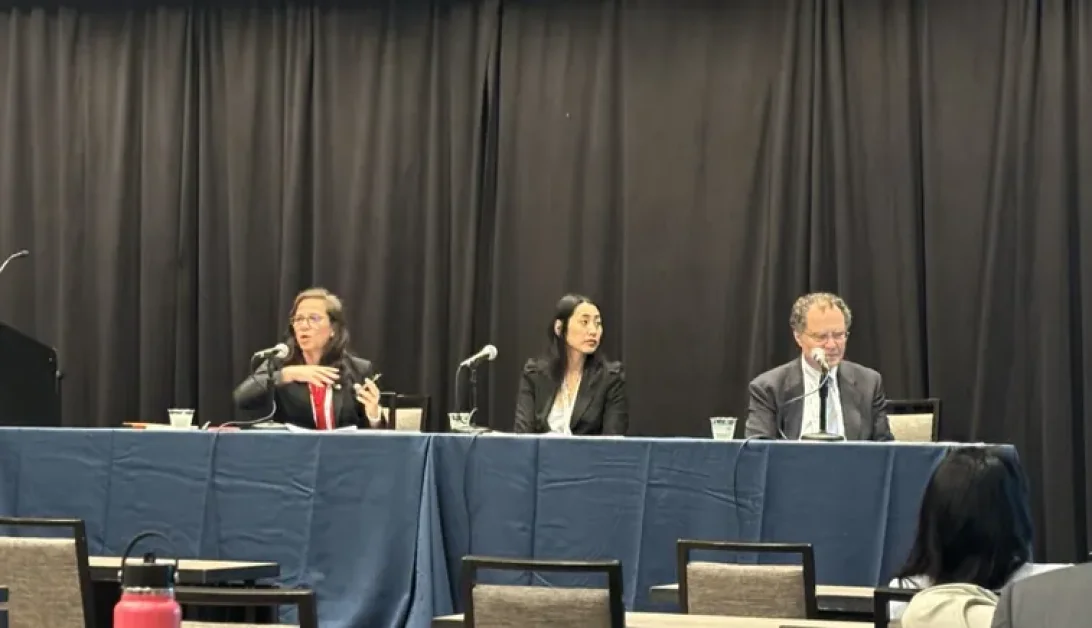In today’s rapidly evolving construction industry, simply following building codes is no longer sufficient to protect builders from potential complaints. Homeowners are becoming more knowledgeable about their rights, emphasizing the need for builders to prioritize quality work and customer satisfaction beyond code compliance. This article will delve into why adhering to building codes alone is inadequate for builders’ protection and explore strategies to reduce the risk of complaints and legal actions.
The Impact of Climate Change on Construction
Climate change poses new challenges for builders, exposing them to increased complaints and legal liabilities. As extreme weather events become more frequent and severe, the existing building codes have not kept pace with the evolving environmental conditions. Contractors cannot rely solely on meeting the minimum code requirements to absolve themselves of liability in case of disputes.
During the National Institute of Building Sciences’ Building Innovation Conference, experts highlighted the importance of understanding builders’ responsibilities in the face of changing weather patterns and climate-related risks. Compliance with building codes or industry standards is not enough to meet the standard of care expected by the courts. Builders and engineers must stay informed about climate science trends relevant to their projects to demonstrate due diligence.
Minimizing Legal Risks
Builders need to adapt to current and foreseeable climate conditions to minimize legal risks. While they are not expected to control long-term climate change, they should consider the potential impact of their projects on neighboring properties during extreme weather events. Courts will evaluate whether builders have taken into account foreseeable future climate conditions and their broader impact on the community.
Protecting vulnerable populations is another critical aspect that builders must consider. Not everyone has the resources to adapt to climate change, making it essential for builders to design projects with the needs of disadvantaged communities or coastal areas in mind. Considering a project’s vulnerabilities and communicating relevant climate data to clients can help builders mitigate legal risks and ensure informed decision-making.
Anticipated Changes in Legal Landscape
As climate adaptation litigation increases, society is likely to face a wave of new legal challenges and regulatory changes. The traditional assumption of stable climate patterns is giving way to greater variability and unpredictability in weather conditions. Courts are expected to shift from viewing climate patterns as stationary to non-stationary, reflecting the changing climate reality.
Courts will need to strike a balance between adapting to new legal frameworks and fostering resilience in society, the economy, and the environment. Encouraging adaptive behaviors and innovative solutions in various sectors, such as utilities, transportation, and healthcare, will be viewed favorably by the courts. Embracing risk-taking and innovation can help build resilience to future climate-related shocks and challenges.


